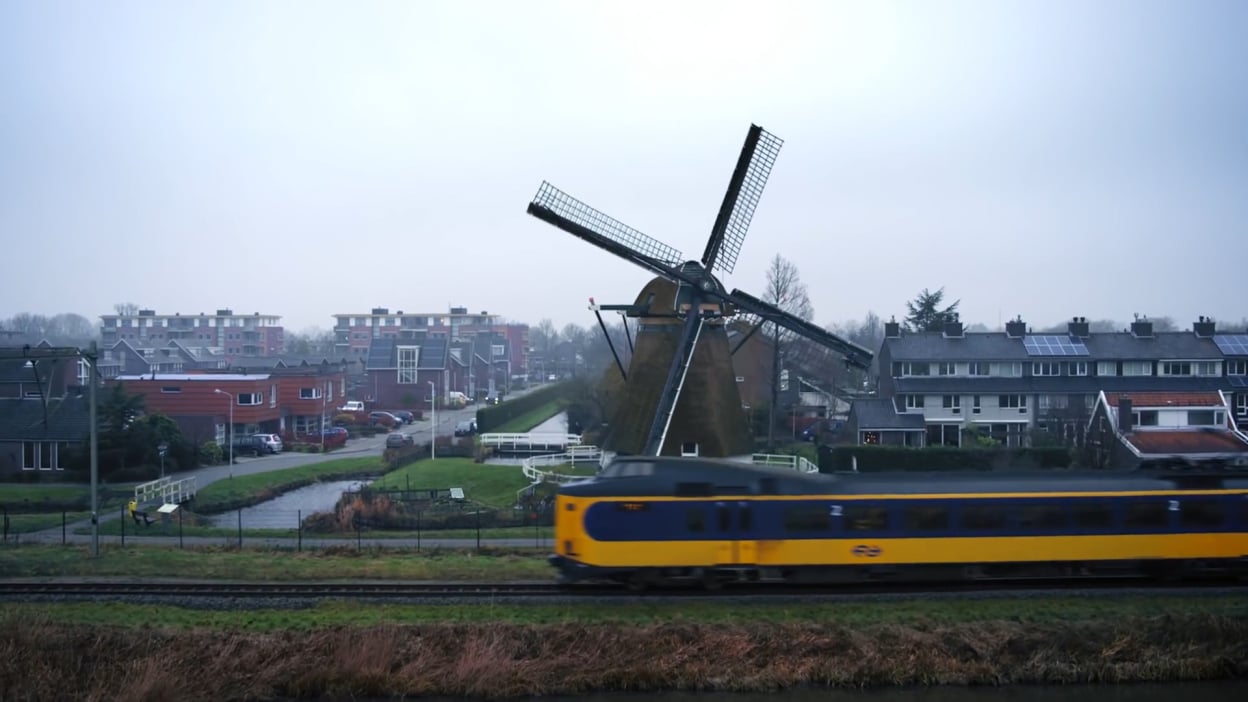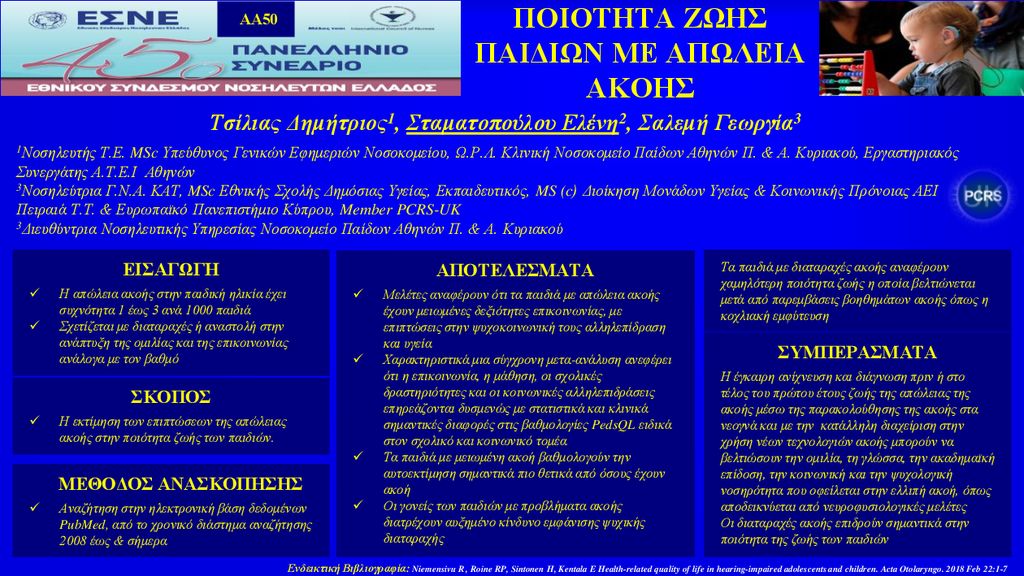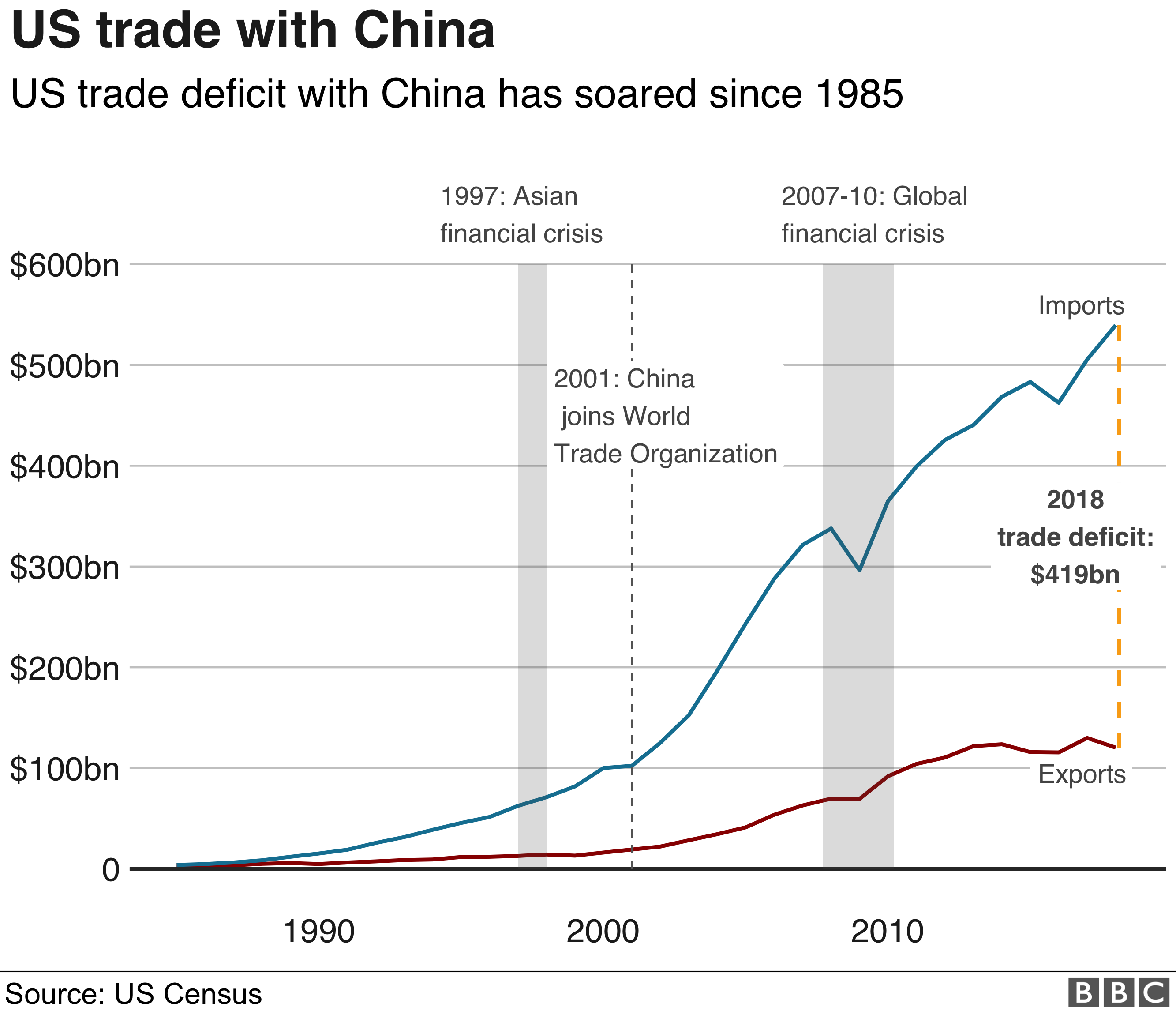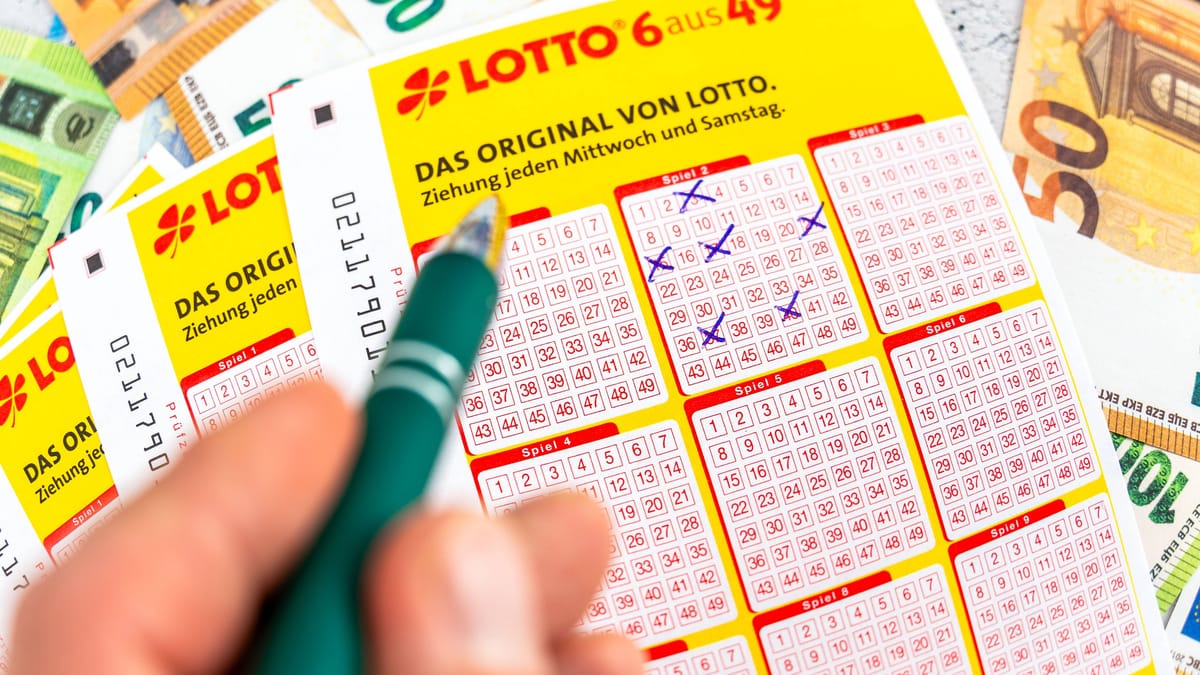Wind-Powered Trains: A Green Solution For Sustainable Transport

Table of Contents
The Technology Behind Wind-Powered Trains
The core idea behind wind-powered trains lies in effectively capturing wind energy and converting it into motive power for train propulsion. Several methods are being explored:
Harnessing Wind Energy
- Onboard Wind Turbines: Integrating wind turbines directly into the train's design is one approach. These turbines would capture kinetic energy from the wind as the train moves, supplementing existing power sources. The size and placement of these turbines would need careful optimization to minimize drag and maximize energy generation.
- Overhead Wind Turbines: Another strategy involves strategically positioning large wind turbines along the railway lines. These turbines would generate electricity that is then fed into the railway's power grid, powering both electric and potentially hybrid wind-powered trains. This method requires significant upfront infrastructure investment but could potentially provide a more consistent power source.
Energy Storage and Conversion
Captured wind energy needs efficient storage and conversion mechanisms for reliable train operation. Several technologies are under consideration:
-
Battery Storage: High-capacity batteries can store excess wind energy for use when wind speeds are low. Advancements in battery technology, particularly in terms of energy density and charging speed, are crucial for the viability of wind-powered trains.
-
Flywheel Energy Storage: Flywheels store energy as rotational kinetic energy. This technology offers fast charging and discharging times, making it suitable for applications requiring quick bursts of power. However, flywheels have limitations regarding energy density compared to batteries.
-
Advantages of Different Energy Storage Systems:
- Batteries offer higher energy density for longer journeys.
- Flywheels provide rapid power delivery ideal for acceleration.
- Hybrid systems combining batteries and flywheels might offer the optimal solution.
-
Technological Challenges and Potential Solutions:
- Minimizing the weight and size of energy storage systems.
- Developing more efficient energy conversion systems.
- Improving the durability and lifespan of components.
-
Examples of Existing or Proposed Wind-Powered Train Technologies: While fully wind-powered trains are still largely in the conceptual stage, several research projects are exploring different aspects of the technology, paving the way for future innovations.
Environmental Benefits of Wind-Powered Trains
The environmental advantages of wind-powered trains are significant:
Reduced Carbon Emissions
Replacing diesel or fossil-fuel-dependent electricity with wind power drastically reduces greenhouse gas emissions. Studies suggest that wind-powered trains could achieve a near-zero carbon footprint, significantly contributing to global climate change mitigation efforts.
Renewable Energy Source
Wind energy is a clean, renewable resource, unlike fossil fuels, which are finite and contribute to pollution. Harnessing wind power for train transportation promotes sustainable energy practices and reduces reliance on non-renewable sources.
Reduced Air and Noise Pollution
Wind-powered trains would eliminate harmful air pollutants associated with diesel engines and significantly reduce noise pollution compared to traditional trains, creating a healthier environment for communities near railway lines.
- Quantifiable Data on Emission Reductions: Projected reductions in CO2 emissions could range from 80% to 100%, depending on the energy mix used to supplement wind power.
- Comparison with Other Sustainable Transportation Options: Wind-powered trains offer a competitive alternative to electric trains powered by non-renewable sources.
- Positive Effects on Local Ecosystems and Communities: Cleaner air and reduced noise levels improve the quality of life in communities along railway lines.
Economic Considerations of Wind-Powered Trains
While the initial investment in wind-powered train technology might be substantial, the long-term economic benefits are compelling:
Initial Investment Costs
Developing and implementing wind-powered train systems requires significant upfront investment in research, development, manufacturing, and infrastructure. This includes costs associated with wind turbine installation, energy storage systems, and potentially modifications to existing railway infrastructure.
Long-Term Cost Savings
Despite the initial investment, wind-powered trains offer long-term cost savings due to the reduced reliance on expensive fossil fuels or purchased electricity. Maintenance costs could also be lower due to fewer moving parts in the propulsion system.
Job Creation and Economic Growth
The development and implementation of wind-powered train technology would create numerous job opportunities in manufacturing, engineering, installation, and maintenance. This would stimulate economic growth in related industries and communities.
- Life-Cycle Cost Analysis: A thorough life-cycle cost analysis is necessary to accurately assess the overall economic viability of wind-powered trains.
- Potential Government Subsidies and Incentives: Government support through subsidies and tax incentives could make wind-powered train technology more economically attractive.
- Economic Impact Assessments: Comprehensive economic impact assessments are essential to evaluate the broader socio-economic benefits.
Challenges and Future Prospects of Wind-Powered Trains
Despite the numerous advantages, several challenges need to be addressed:
Intermittency of Wind Energy
Wind speed is variable, meaning that wind energy generation can be intermittent. Reliable backup power sources, such as batteries or conventional electricity, are essential to ensure consistent train operation.
Infrastructure Requirements
Implementing wind-powered trains may require significant modifications to existing railway infrastructure, including the installation of wind turbines and energy storage facilities. The cost and feasibility of adapting existing infrastructure need careful consideration.
Integration with Existing Railway Systems
Integrating wind-powered train technology into existing railway networks poses significant logistical and engineering challenges. Careful planning and phased implementation strategies are needed to minimize disruptions and maximize efficiency.
- Potential Solutions to Overcome Intermittency: Hybrid systems combining wind power with other renewable sources or conventional electricity can ensure reliable power supply.
- Cost-Effective Infrastructure Development Strategies: Innovative engineering solutions and strategic planning are crucial to minimize infrastructure costs.
- Future Research and Development Needs: Further research and development are necessary to enhance the efficiency, reliability, and cost-effectiveness of wind-powered train technology.
Conclusion
Wind-powered trains present a compelling green solution for sustainable transport. While challenges related to intermittency, infrastructure, and integration remain, the potential environmental and economic benefits are substantial. Reduced carbon emissions, cleaner air, and long-term cost savings make wind-powered trains a viable alternative to traditional railway systems. Embrace the future of sustainable transport with wind-powered trains. Invest in the development of this innovative technology and explore the possibilities of wind-powered trains for a greener future.

Featured Posts
-
 Stratigiki P Syxikis Ygeias 2025 2028 Simantikes Ekselikseis Kai Epiptoseis
May 03, 2025
Stratigiki P Syxikis Ygeias 2025 2028 Simantikes Ekselikseis Kai Epiptoseis
May 03, 2025 -
 Find The Winning Numbers Lotto Lotto Plus 1 And Lotto Plus 2
May 03, 2025
Find The Winning Numbers Lotto Lotto Plus 1 And Lotto Plus 2
May 03, 2025 -
 The Impact Of The Us Trade War Chinas Efforts To Mask Economic Weakness
May 03, 2025
The Impact Of The Us Trade War Chinas Efforts To Mask Economic Weakness
May 03, 2025 -
 Reform Uk And Farming A Detailed Examination Of Their Policies
May 03, 2025
Reform Uk And Farming A Detailed Examination Of Their Policies
May 03, 2025 -
 Cheating Detection The Rise Of Smart Ring Technology
May 03, 2025
Cheating Detection The Rise Of Smart Ring Technology
May 03, 2025
Latest Posts
-
 Dy Te Vdekur Pas Sulmit Me Thike Ne Qender Tregtare Ne Ceki
May 03, 2025
Dy Te Vdekur Pas Sulmit Me Thike Ne Qender Tregtare Ne Ceki
May 03, 2025 -
 Sulm Me Thike Ne Qender Tregtare Ceke Dy Te Vdekur
May 03, 2025
Sulm Me Thike Ne Qender Tregtare Ceke Dy Te Vdekur
May 03, 2025 -
 Lotto 6aus49 Gewinnzahlen Mittwoch 09 04 2025
May 03, 2025
Lotto 6aus49 Gewinnzahlen Mittwoch 09 04 2025
May 03, 2025 -
 6aus49 Lotto Mittwoch 9 4 2025 Gewinnzahlen Und Quoten
May 03, 2025
6aus49 Lotto Mittwoch 9 4 2025 Gewinnzahlen Und Quoten
May 03, 2025 -
 Lotto 6aus49 Gewinnzahlen Des Mittwochs 9 4 2025
May 03, 2025
Lotto 6aus49 Gewinnzahlen Des Mittwochs 9 4 2025
May 03, 2025
